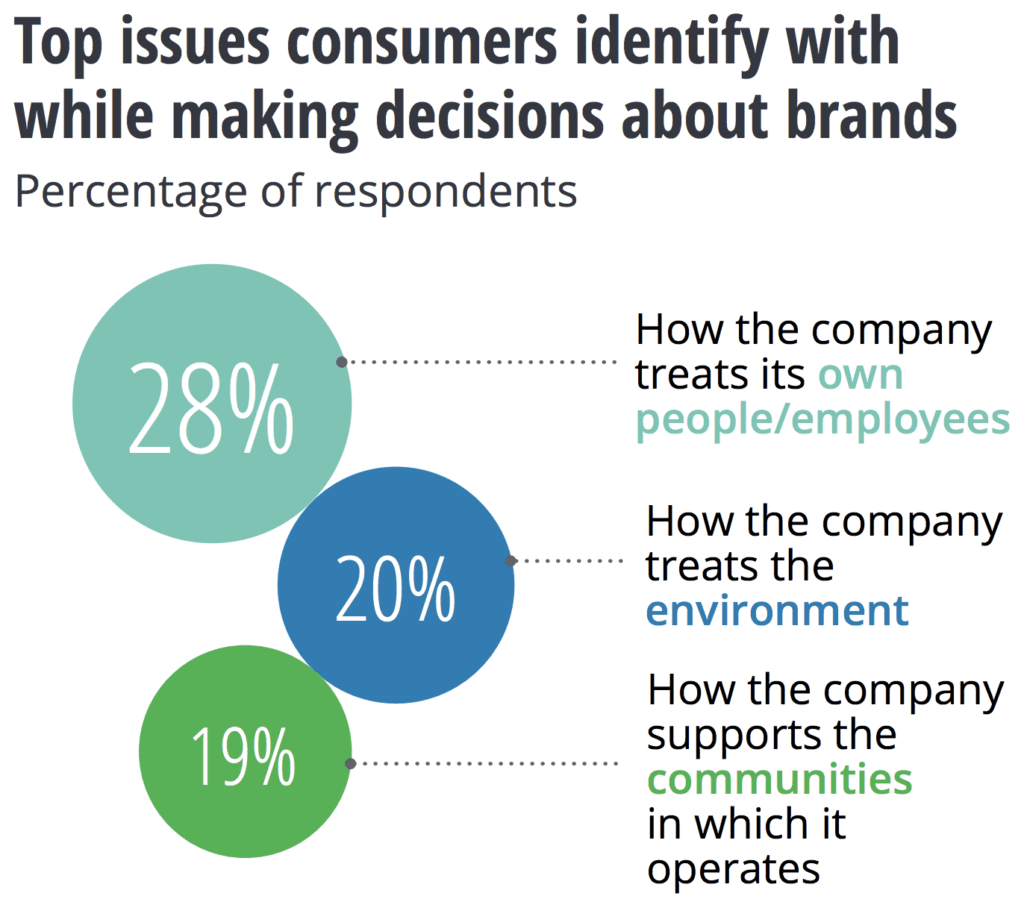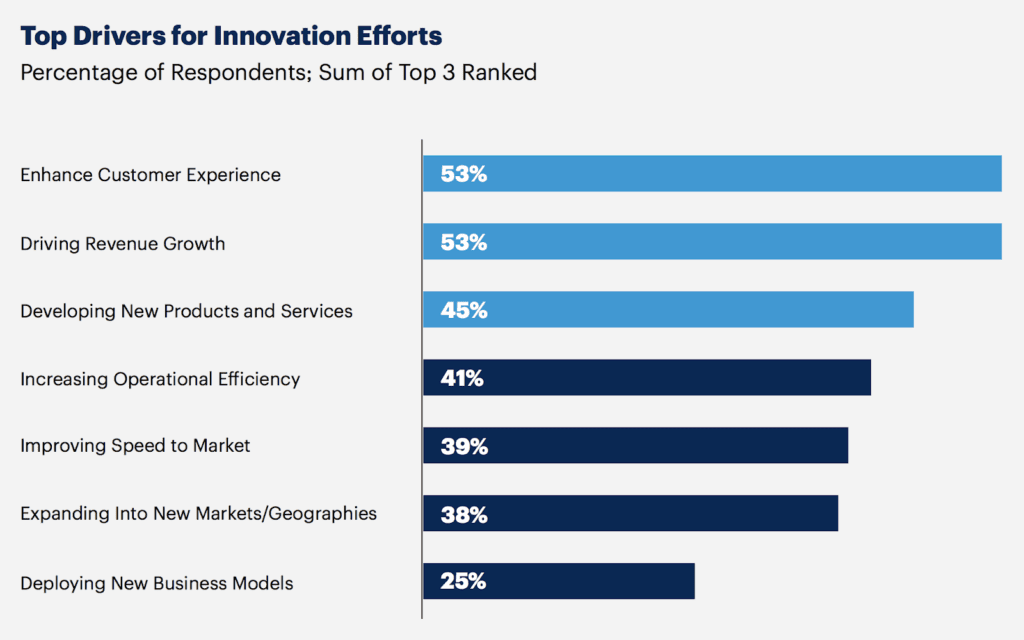
Ralph Tkatchuk, founder and operator, TK DataSec Consultancy
Web accessibility is crucial in our new era of social distancing. With communities all over the world unsure as to how long they’ll be homebound, people are increasingly heading online for shopping, alerts and information, entertainment, and maintaining friendships.
But there’s another side to this internet story. Although the web serves as a modern-day savior for those staying at home, millions of people with disabilities are struggling to use websites that most of us take for granted. What’s causing the struggle? Put simply, it’s negligence.
One recent study analyzed 10 million web pages and found that most ecommerce sites are not compliant with the Web Content Accessibility Guidelines (WCAG). In fact, 98% of websites failed compliance standards for their menus alone. In addition, many sites weren’t navigable by a keyboard, and most didn’t incorporate code that can communicate with screen readers and other assistive technologies.
This lack of web accessibility means people who are blind, deaf, or motor disabled have little hope for benefiting from the internet. Their isolation arrangements, then, often leaves them unable to find information and with few opportunities to order food, medicine and other supplies from home.
What’s more, the widespread lack of website accessibility isn’t just problematic for disabled people. It’s also damaging to ecommerce businesses whose lifeblood is the customers who use their sites to order products.
Here are five key reasons why website accessibility is especially crucial during the coronavirus outbreak.
1. Higher profits from quarantine-based shopping
Like much of the rest of the population, people with disabilities are going online to survive during COVID-19 quarantines. Ecommerce businesses that view web accessibility as merely a burden to “comply” with aren’t thinking of the sheer number of people with disabilities.
An estimated 15% of the world’s population—more than 1 billion people—have disabilities. That’s approximately one in four adults in the United States, or 61 million people who spend over $200 billion each year.
During the current pandemic, a far larger share of this $200 billion is being spent via ecommerce channels.
2. Protection from lawsuits that increase during coronavirus
Beyoncé. Domino’s Pizza. CVS Pharmacy. What do these unrelated names and brands have in common? They’ve all been sued for failing to meet ADA website standards. With COVID-19 adding to the fears and aggravations of people with disabilities, such lawsuits will only increase.
Every contractor is aware of the need to follow ADA compliance guidelines for brick-and-mortar shops. Many web developers, however, do not realize that websites should also be ADA compliant. This unawareness frequently lands ecommerce businesses in big legal trouble. In fact, there were 2,235 ADA website accessibility lawsuits filed in the US in 2019, and 2,314 cases filed in 2018,
Accessibility-related lawsuits have drained businesses of more than $90,000 in some cases, and upwards of $1 million in others. While some large companies may be able absorb the blow of these payouts, smaller businesses won’t recover. Since people under COVID-19 quarantine need website accessibility even more urgently than usual, now is the time to anticipate and protect against lawsuits like these.
3. Branding and reputation management

Empathetic brands stand out more than their competitors. Whether online or at local brick-and-mortar shops, customers want to do business with purpose-driven companies run by people who care. Companies with a reputation for authenticity and a sense of purpose grow an average of three times faster than their competition. They also experience higher market share gains.
The fact that most websites fail accessibility standards can be viewed as an opportunity for brands to showcase a much-needed purpose: Making food and merchandise accessible to everyone during COVID-19 lockdown— not just the able-bodied. Boosting a website’s accessibility is a tangible improvement that thousands (or even millions) of people will notice.
Many leaders of ecommerce businesses want to give back to the people who support them. But without the means to donate philanthropic sums to charities, some companies struggle to find meaningful ways to contribute to the communities they serve. COVID-19 is creating opportunities for companies to prove that they truly care about corporate social responsibility. By enhancing a website to help people with disabilities access crucial items during quarantine, businesses can make immediate positive impacts.
4. SEO to help people find your accessible website
People with disabilities are always on the lookout for websites they can easily navigate. Their search for new and better websites is even more urgent during the COVID-19 crisis, as their well being depends on the ability to use the internet.
The hunger for accessible sites presents a double opportunity for ecommerce businesses: accessibility practices and SEO tactics often overlap. Examples of tactics that help both SEO and web-accessibility include clear website navigation, alt text for images, transcripts for videos and podcasts, web copy that’s clear and easy to read, directional cues and internal site search.
Ecommerce businesses that make accessibility a priority during the pandemic are likely to see their websites prioritized on Google more than their competitors’ sites.
5. Innovation that actually matters

It’s no secret that today’s businesses need to “innovate or die.” This grim fact spurs many businesses to seek ways to use AI and other technology to do something—anything— that can pass as “innovative,” thereby providing differentiation in saturated markets.
Unfortunately for most businesses, innovation has become nothing more than a buzzword that’s difficult to apply in any meaningful way. But COVID-19 quarantines can present a window of opportunity to turn lip service into action.
According to a Gartner Innovation Survey, a primary driver for innovation (at 53%) is “enhancing customer experience.” In a landscape where few ecommerce sites are accessible to disabled people, businesses who take the time right nowto enhance their websites for accessibility are on the innovative forefront.
Innovation is best when it helps humanity. It’s most relevant when it solves a problem and blazes a path for other businesses to follow. In this current environment of vulnerability caused by COVID-19, making improvements for website accessibility meets all the above criteria for innovation.
The time is now
Website accessibility will soon be commonplace. It’s only a matter of time until inaccessible websites will be unheard of. Ecommerce businesses who spend the time, effort and money to make their sites accessible sooner rather than later are the ones who will rise ahead of their competition.
During these times of COVID-19 quarantining, web accessibility can be a win-win for businesses and shoppers. It boosts profits, guards against legal trouble, enhances a business’ image, and helps a large demographic of people in a time of need.
TK DataSec Consultancy provides advice on ecommerce security.
Favorite